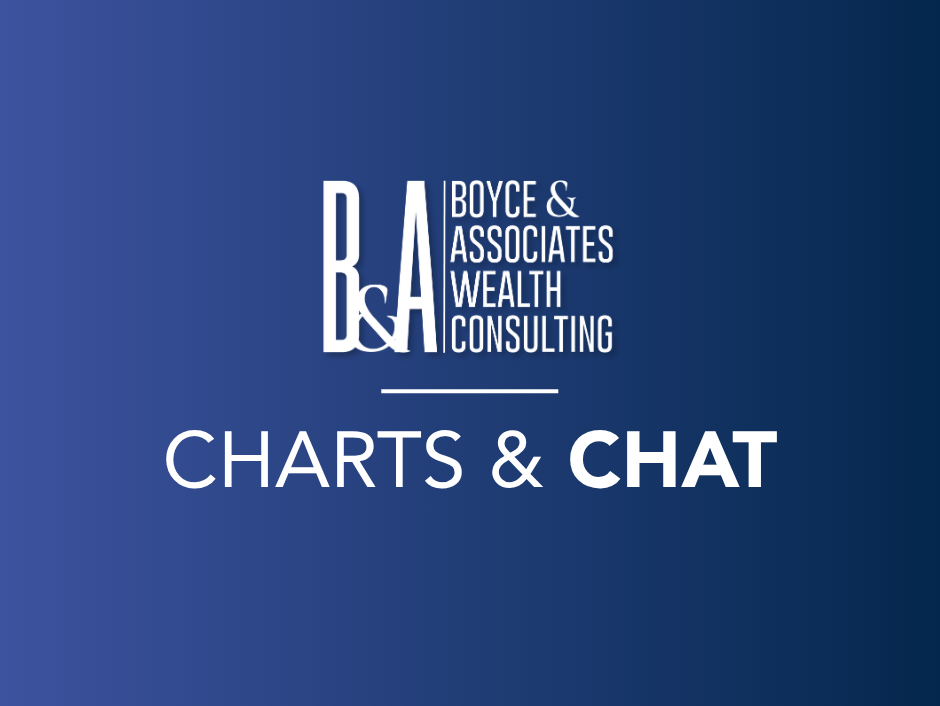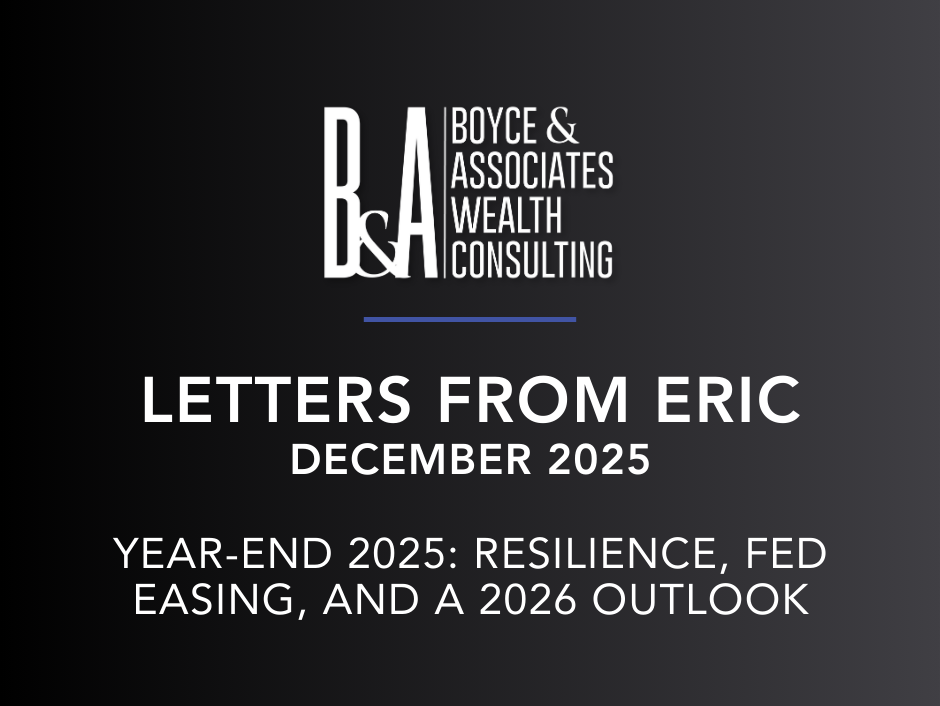Understanding Todays Inflation
The term inflation refers to the rising cost of goods, which in turn, reduces the buying power of currency. There are many factors that can induce inflation but in general, inflation is caused when too much money is chasing too few goods. Therefore, an increase in the money supply (M2 levels) or a reduction of the supply of goods can cause inflation to creep in. An example of this dynamic is easily understood if we look at the real estate market. When interest rates are low, borrowers will more readily borrow money thus increasing the overall money supply and increasing the number of buyers. If the number of buyers increases faster than the inventory of available homes, real estate prices will rise. If the supply of homes increases faster than the number of buyers, prices will decline. Think of it this way- If you are the only person selling a home in a mile radius, and there are 100 buyers, you can demand a premium price for your home. If you are one of 100 people selling a home and there is one buyer, you will need to compete with other sellers by reducing the price of your home. Basically stated, inflation is a product of the supply/demand dynamic.
Putting this into focus in today’s world, we can relatively easily explain how inflation has steadily increased for the past few years. In the early stages of the COVID pandemic, government issued a payday replacement program called PPD (Prearranged Payment and Deposit) This program replaced lost wages due to business closures during that time. Since the PPD program did not increase the money supply, it is not considered part of the inflation problem. However, at that same time, supply chains were disrupted thus reducing the supply of goods. Again, inflation occurs when too much money is chasing too few goods. So, a reduction in supply led to mild inflation. However, inflation soared when the current administration issued several rounds of stimulus for all. Since this stimulus was not a replacement of lost wages, it did increase the money supply at the same time supply chain issues continued to reduce the supply of goods. When there is an increase in the money supply at the same time there is a reduction of the supply of goods, inflation is inevitable.
Now, in 2023, stimulus has stopped, and supply chains are back to normal, so, inflation will more than likely be reduced. However, real wages have not increased at the same pace as inflation so the pain we feel will be long lasting, only subsiding when wage increases catch up to inflation levels. This may take several years. At some point, rising wages will increase the money supply relative to the supply of goods and inflation will creep in again, thus, creating an inflation cycle. For now, I believe we are in the trough of the cycle meaning we shouldn’t see out of control inflation again unless another unexpected economic event occurs.










